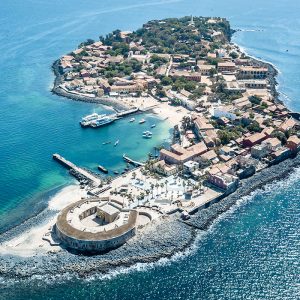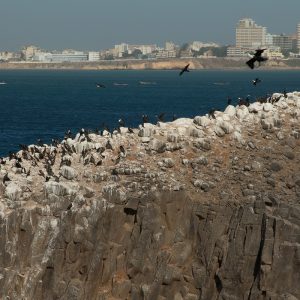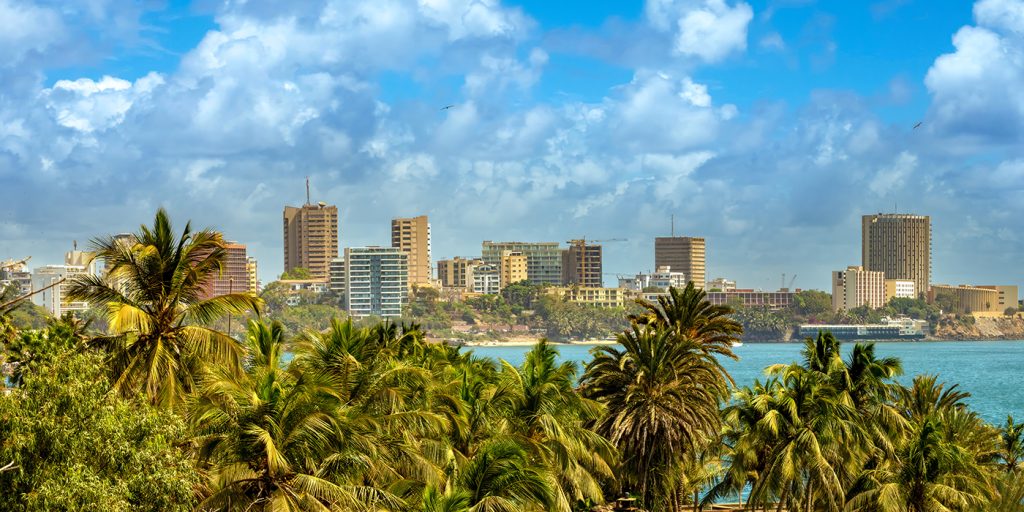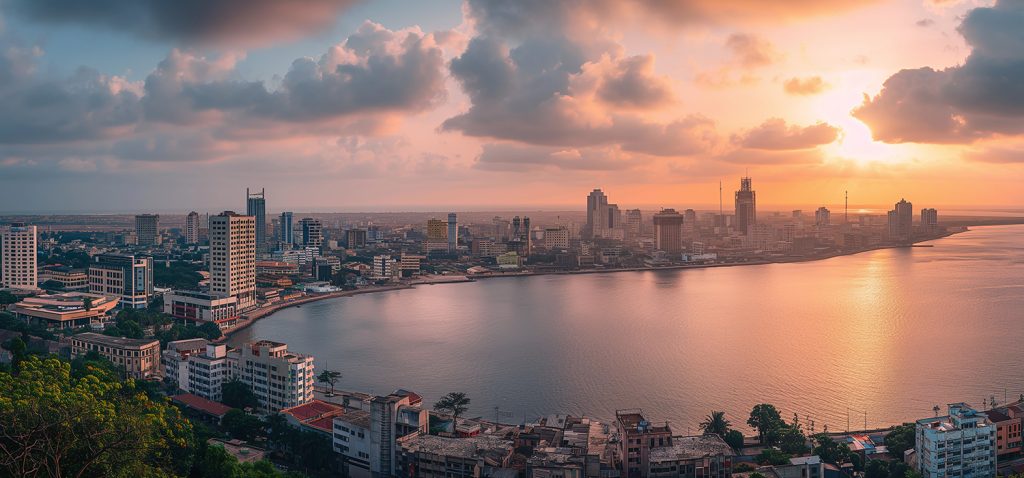Nature & Cultural Discoveries in Senegal
Beyond Dakar’s lively beaches and urban energy, Senegal reveals a wealth of natural treasures: peaceful lagoons, lush mangroves, authentic villages, bird sanctuaries, and exceptional nature reserves. Exploring Senegal means gliding through the bolongs (water channels) of the Sine-Saloum Delta aboard colorful pirogues; strolling through Gorée Island — a UNESCO World Heritage site — where every house and alleyway carries memory and history; marveling at the volcanic cliffs of the Madeleine Islands; or walking on seashells in the unique village of Joal-Fadiouth.
Along the Petite Côte, the Somone Lagoon and its mangroves invite visitors to observe pelicans and flamingos, while encounters in Serer and Lebou villages reveal the true essence of Teranga — the warm hospitality that defines Senegal. Nature and culture excursions allow travelers to admire dolphins, photograph migratory birds in Djoudj National Park or giraffes in Bandia Reserve, share the daily life of fishermen, and experience local cooking, music, and craftsmanship.
These authentic experiences — open to all and easily booked online (20% deposit, balance on site) — offer everyone the chance to experience Africa differently, in harmony with nature and the generosity of local communities. Senegal is a land where nature and culture intertwine, and every excursion promises unforgettable memories.
Must-See Experiences
Island Excursions
- Gorée Island (Dakar): UNESCO World Heritage Site, poignant history, cobblestone streets, colorful houses, museums, and quiet beaches.
- Madeleine Islands (Dakar): Protected natural reserve with volcanic cliffs, crystal-clear waters, and birdwatching trails.
- Ngor Island: Lively beaches, surfing, and a relaxed fishing-village atmosphere.
- Shell Island – Joal-Fadiouth (Petite Côte): Serer village built on shells, mixed-faith cemetery, stilted granaries, and cultural heritage.
Pirogue Trips
- Somone Lagoon: Preserved mangrove ecosystem, pelican observation, peaceful silent rides on calm waters.
- Sine-Saloum Delta: Labyrinth of bolongs, remote villages, biodiversity sanctuaries, guided immersion with Serer communities — ideal for birdwatching and photography.
Birdwatching
- Djoudj National Bird Sanctuary: The world’s third-largest bird reserve — flamingos, herons, pelicans; best season: November–April (dry season).
- Sine-Saloum: Migratory and resident species — flamingos, pelicans, egrets, and herons.
Cultural Visits & Traditional Villages
- Serer & Lebou Villages: Local markets, fishing activities, and Senegalese cooking experiences.
- Joal-Fadiouth: Discovery of crafts, ceremonies, and traditional architecture.
- Combined Nature & Culture Tours: Pirogue ride + cooking class, fishermen encounter + local craft demonstration.
Local Tips & Anecdotes
- In Joal-Fadiouth, walking across the island offers a unique sensory experience: the shells crunch softly underfoot, creating a sound unlike any other. The island is also home to one of the world’s few mixed-faith cemeteries — a powerful symbol of unity and peace.
- During a trip through the Sine-Saloum Delta, a local guide might explain why the bolongs are known as “the cradle of birds,” and tell the legend of Mar Lodj Island — said to be protected by the spirit of the waters.
FAQ
What are the best nature excursions in Senegal?
Gorée for culture, Sine-Saloum Delta for wildlife, Bandia Reserve for safari animals, Joal-Fadiouth and Somone for village immersion, Djoudj National Park for birdwatching.
Are pirogue trips safe?
Yes — guided by local experts, calm lagoons, and life jackets provided.
When is the best time for birdwatching?
Dry season (November–April) — ideal in Djoudj and Sine-Saloum.
Prices?
Pirogue ride: €10–15; guided island tour: €20–30; full-day Sine-Saloum excursion: €60–80.





